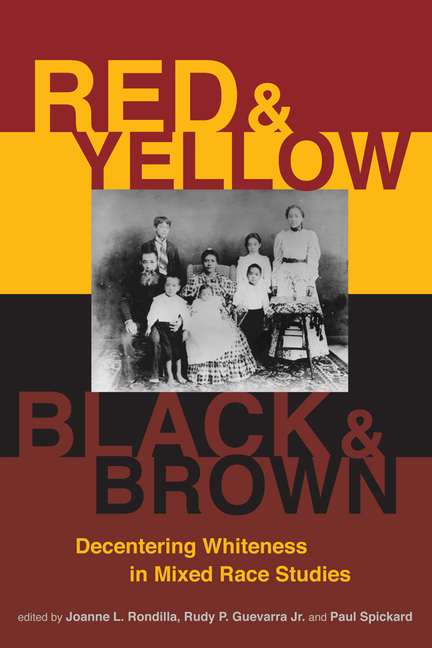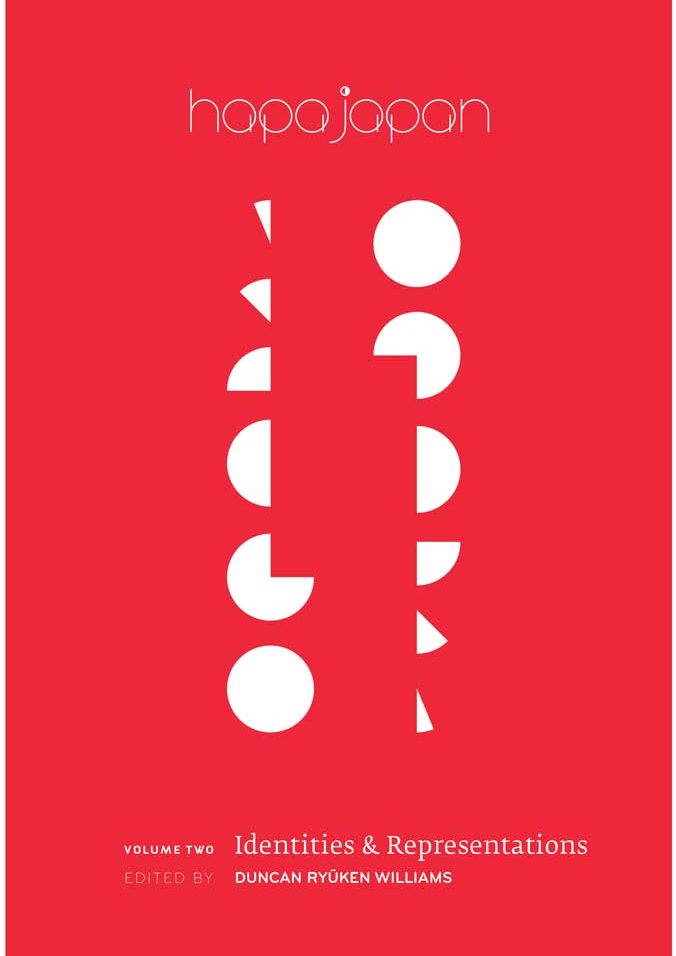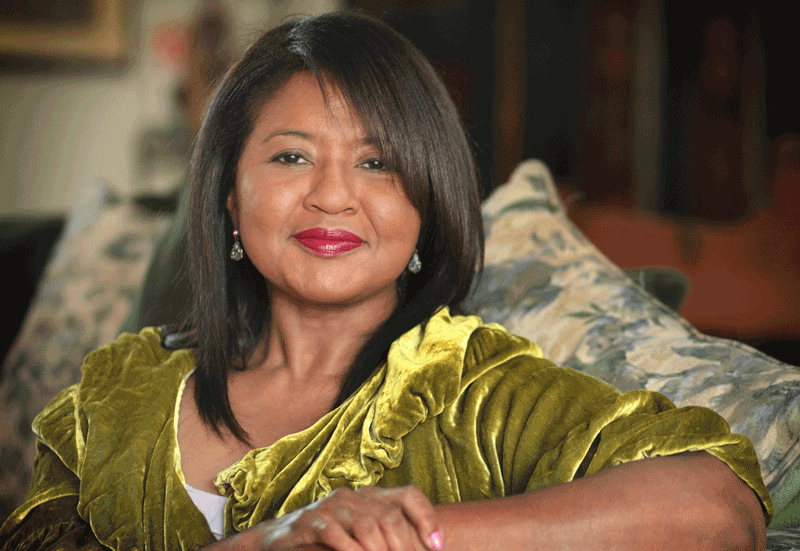Dream of the Water Children: Memory and Mourning in the Black PacificPosted in Asian Diaspora, Biography, Books, Media Archive, Monographs on 2018-06-10 03:30Z by Steven |
Dream of the Water Children: Memory and Mourning in the Black Pacific
2Leaf Press
2018-06-08
470 pages
Paperback ISBN-13: 978-1-940939-28-5
ePub ISBN-13: 978-1-940939-29-2
Introduction by Gerald Horne
Foreword by Velina Hasu Houston
Edited by Karen Chau
Fredrick D. Kakinami Cloyd’s debut, Dream of the Water Children: Memory and Mourning in the Black Pacific, is a lyrical and compelling memoir about a son of an African American father and a Japanese mother who has spent a lifetime being looked upon with curiosity and suspicion by both sides of his ancestry and the rest of society. Cloyd begins his story in present-day San Francisco, reflecting back on a war-torn identity from Japan, U.S. military bases, and migration to the United States, uncovering links to hidden histories.
Dream of the Water Children tells two main stories: Cloyd’s mother and his own. It was not until the author began writing his memoir that his mother finally addressed her experiences with racism and sexism in Occupied Japan. This helped Cloyd make better sense of, and reckon with, his dislocated inheritances. Tautly written in spare, clear poetic prose, Dream of the Water Children delivers a compelling and surprising account of racial and gender interactions. It tackles larger social histories, helping to dispel some of the great narrative myths of race and culture embedded in various identities of the Pacific and its diaspora.







